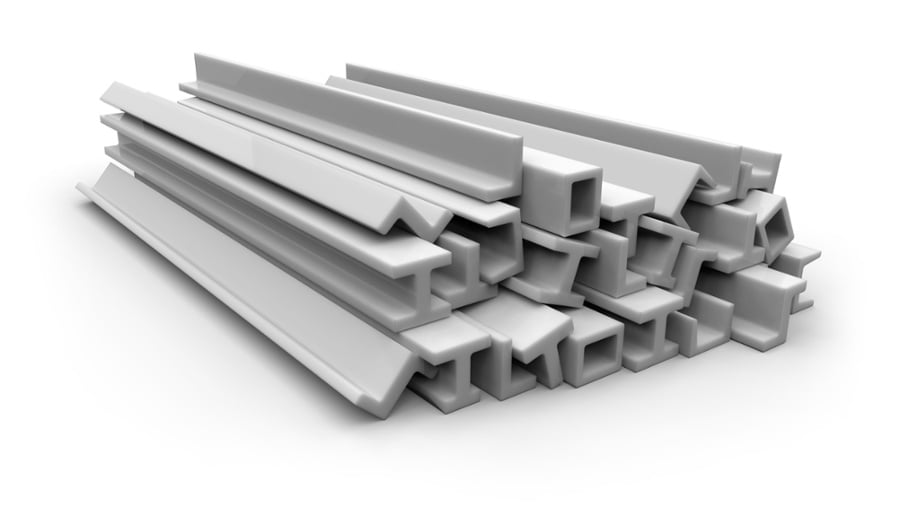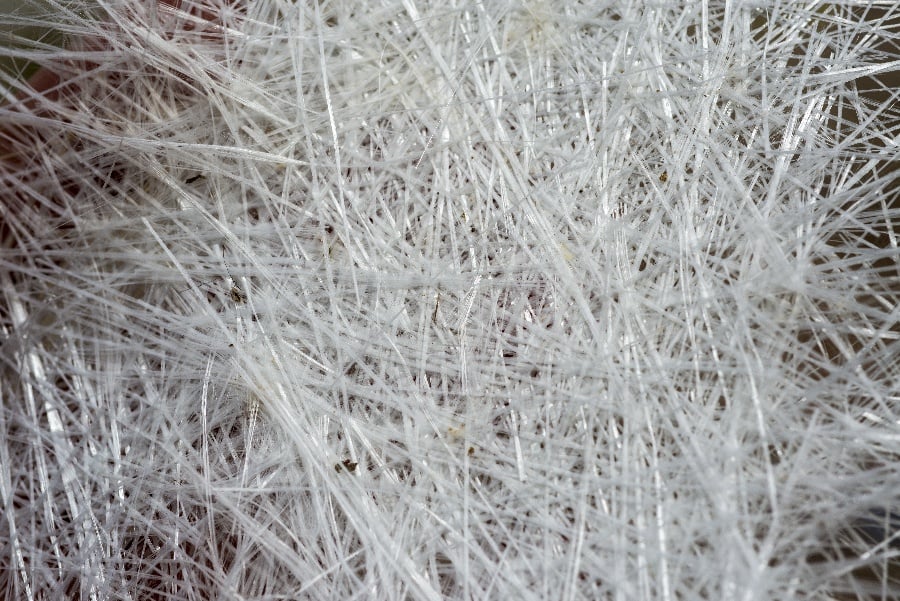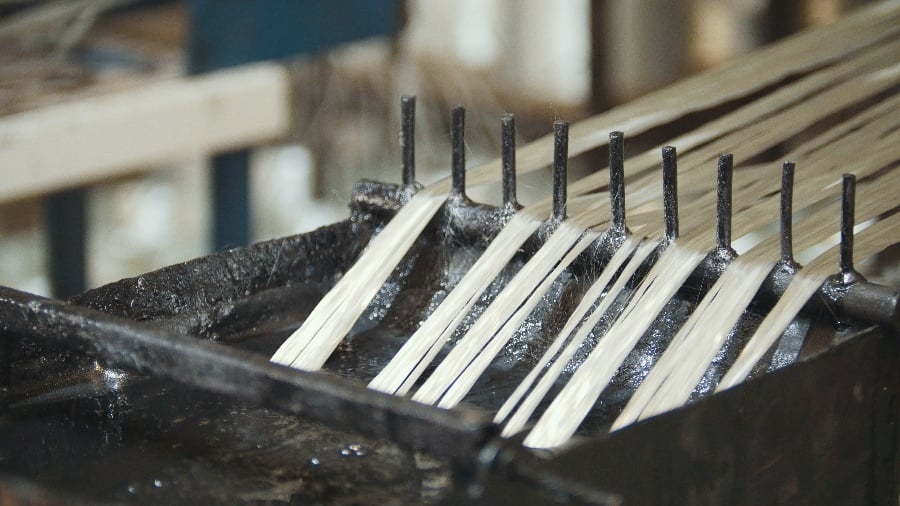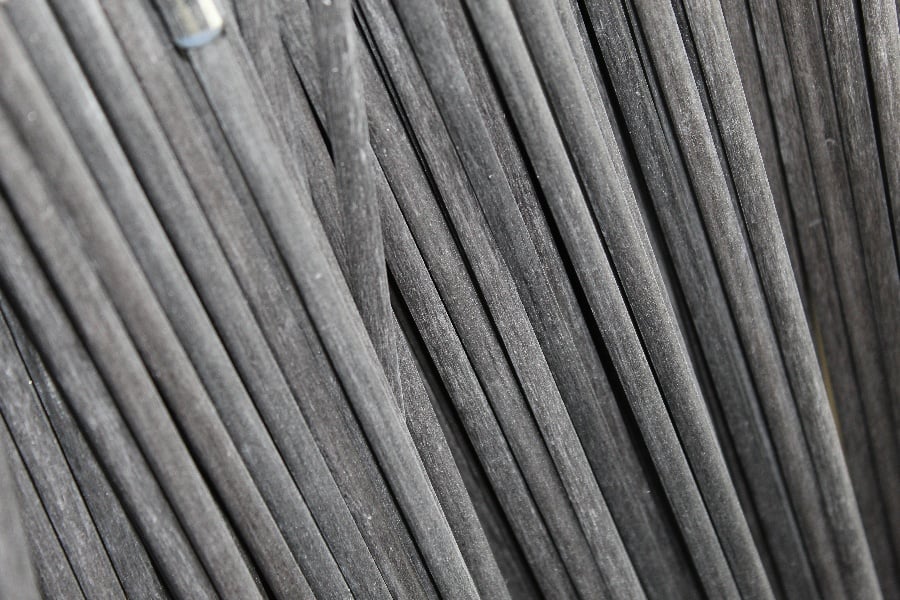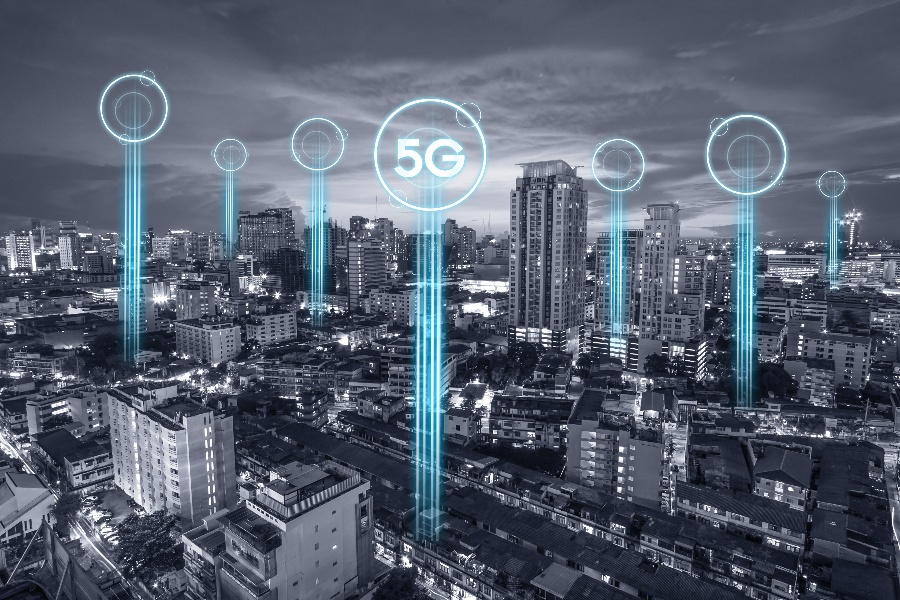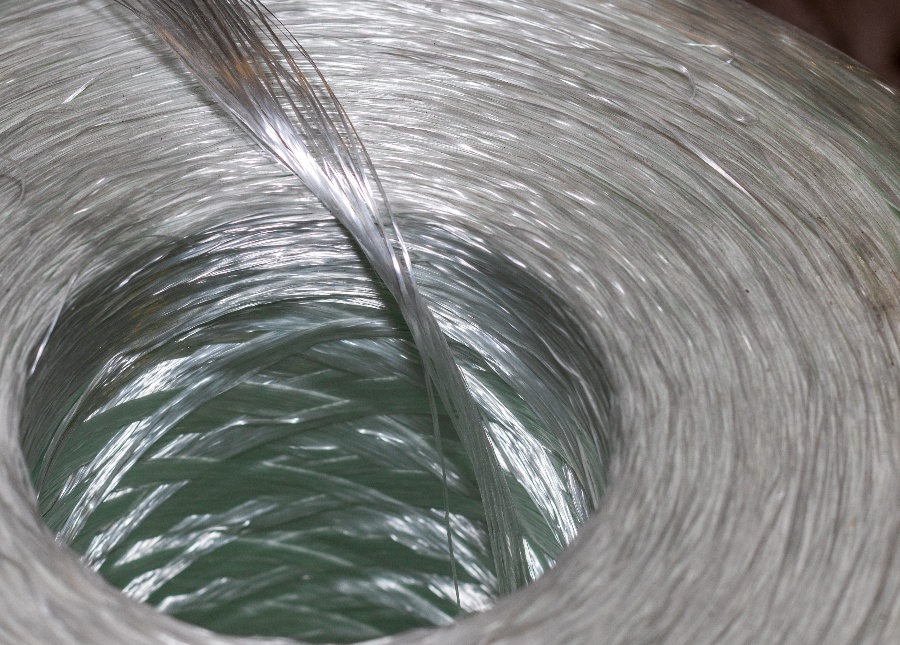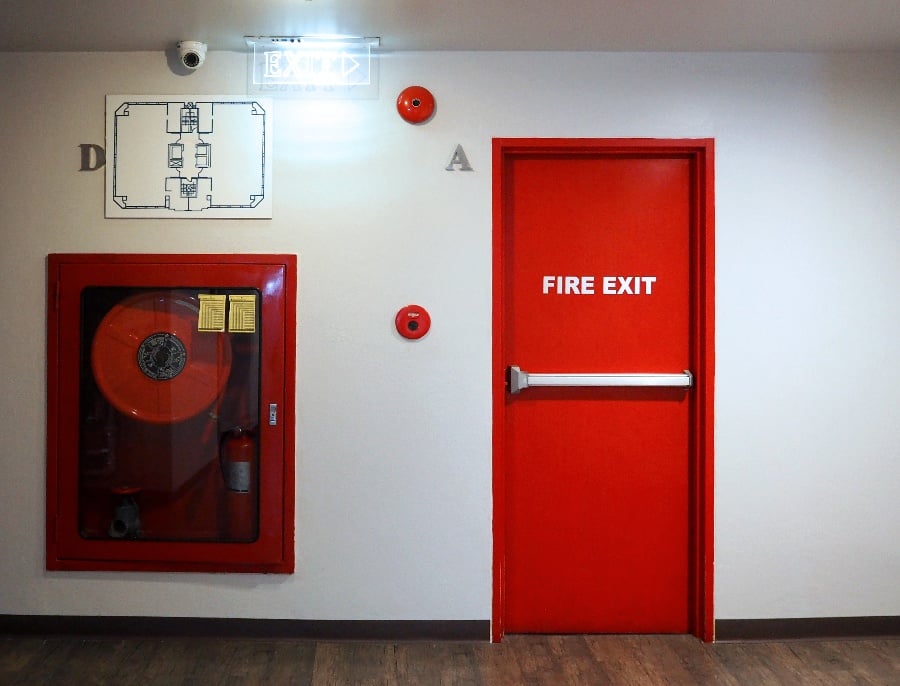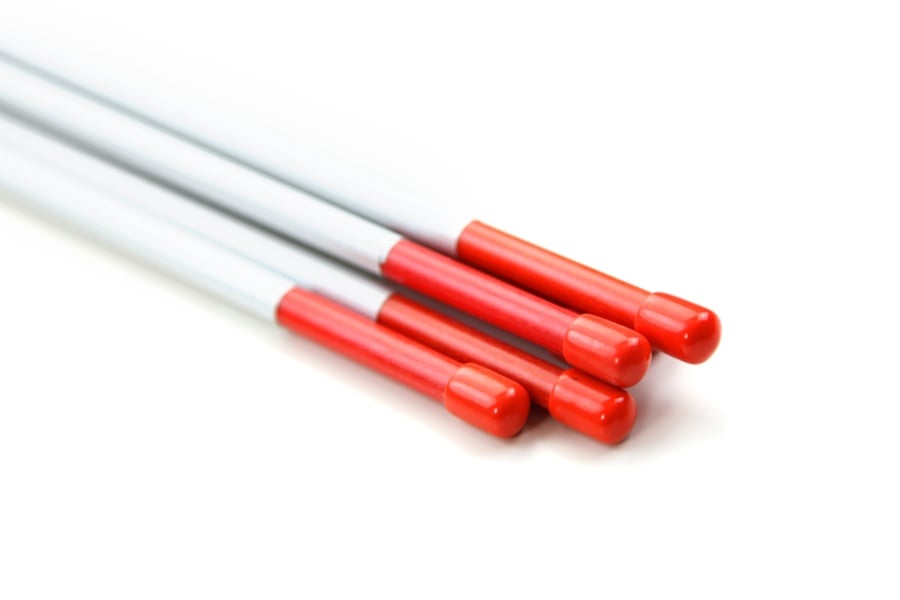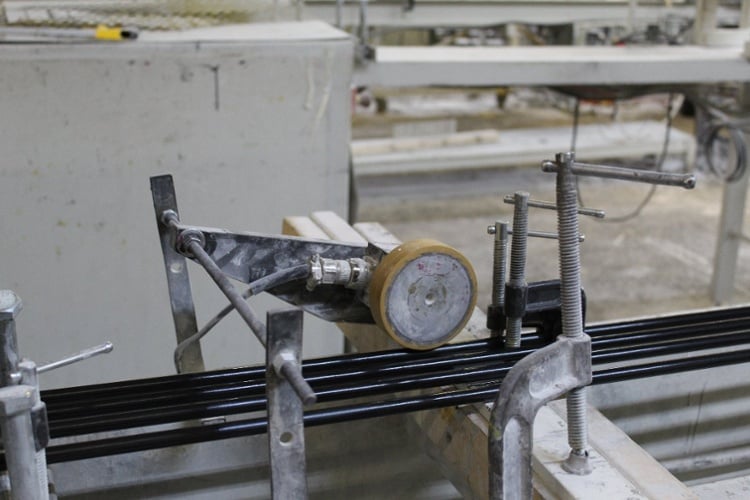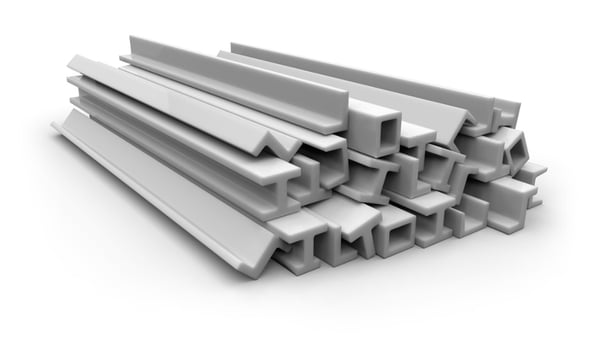
Pultruded fiberglass angles are made of a composite material that consists of polyester resin and fiberglass. The pultrusion process produces fiber-reinforced plastic (FRP), with a continuous length of reinforcing fibers that are lightweight yet strong thanks to their high tensile strength.
During the pultrusion process, the angles can be formed into any size and customized to meet the needs of various projects. For example, pigments can be added to achieve the desired colors or a UV-resistant coating can be applied to provide the durability required for outdoor use.
The composite matrices can be adjusted to create fiberglass angles of different characteristics.
For example, the resin systems and glass content can be varied to meet specific requirements, such as providing high strength, tolerating different temperature ranges, or adding flame-retardant, track-resistant, and corrosion-resistant properties.
Advantages Of Pultruded Fiberglass Angles
Pultruded fiberglass angles have many benefits and are more durable and versatile than traditional materials such as wood, steel, or aluminum:
- The pultrusion process produces stronger components with exceptional tensile strength, dimensional stability, and rigidity. It also enables the creation of profiles of customized shapes and virtually any size.
- Pultruded fiberglass angles are lightweight -- they can be 30% lighter than aluminum and 70% lighter than steel without sacrificing any strength. In addition, they're consistent in strength and less prone to deformation during an impact.
- They can be machined, butted, slotted, chamfered, rounded, and pointed easily with simple tools. Working with FRP products requires less heavy equipment and therefore, generally safer and less costly.
- Pultruded fiberglass angles don't conduct heat or electricity, so it's an ideal choice for use as protective barriers between hot or electrically charged components and end-users. In addition, the material's non-magnetic electromagnetic transparency makes it suitable for many specialized applications.
- FRP is highly durable, chemical-resistant, and corrosion-resistant. Pultruded fiberglass angles don't rot, nor do they degrade due to prolonged exposure to moisture, temperature extremes, or UV radiation.
- Pultruded fiberglass angles have an extremely long lifecycle (over 15 years) with very low maintenance cost and requirements compared to organic materials (e.g., wood) or rust-prone ones (e.g., iron or steel.)
- FRP products offer the versatility required by today's manufacturing industry to create highly-customized or intricate components that meet a variety of design needs.
Applications Of Pultruded Fiberglass Angles
Pultruded fiberglass angles have unique characteristics to suit a wide range of applications in various industries:
- Industrial Manufacturing: FRP is highly resistant to deformation yet flexible enough to withstand constant bending and motion. Along with their high strength and non-conductive properties, pultruded fiberglass angles are widely used in motor, transformer, and electrical manufacturing, as well as vibrating, heavy load-bearing equipment, such as vibratory conveyors to reduce power consumption and maintenance costs.
- Construction and Infrastructure: pultruded fiberglass angles are ideal for outdoor construction projects since they don't rot, rust, corrode, or crumble. Their lightweight makes them easy to transport and safe to work with while their durability and low maintenance requirements reduce the overall cost of ownership. They're commonly used in bridge components, corrosion-resistant guardrails, antenna housing, railway crossing arms, and highway sound barriers.
- Utility and Telecommunications: FRP's durability, non-conductive nature, and non-magnetic electromagnetic transparency make it the material of choice for many utility and telecommunication projects. Applications include utility poles, cross arms, and line markers, electrical lines and trunking, wastewater and water treatment components, non-conductive ladder rails, and fiber optic cabling.
- Tool Manufacturing: FRP is commonly used in handheld devices since it can be easily fabricated into ergonomic shapes and customized for any design. It's safe, versatile, and reliable for use in almost any product and its non-conductive nature protects end-users from hot or electrified components.
- Sporting, Recreational and Outdoor Equipment: their strength, durability, and flexibility make pultruded fiberglass angles a perfect choice for outdoor equipment that needs to endure heavy wear and tear. For instance, outdoor furniture made with FRP can remain safe and comfortable despite prolonged exposure to moisture, UV, and heat. FRP is also used in sporting equipment that needs to be light, tough, and reliable in a high-performance setting, such as golf clubs, hockey sticks, sailing equipment, paddles, ski poles.
Pultruded Fiberglass Angles: Turning Design Concept Into Reality
Tencom has been working with designers, builders, and manufacturers to realize a wide range of design possibilities for over 22 years. Our team of experienced designers and engineers is dedicated to helping you customize and implement your design in the manufacturing process.

